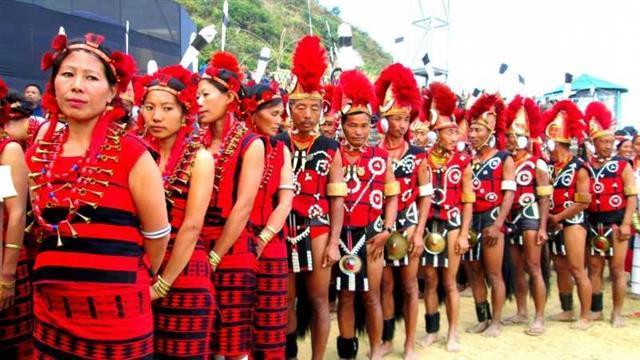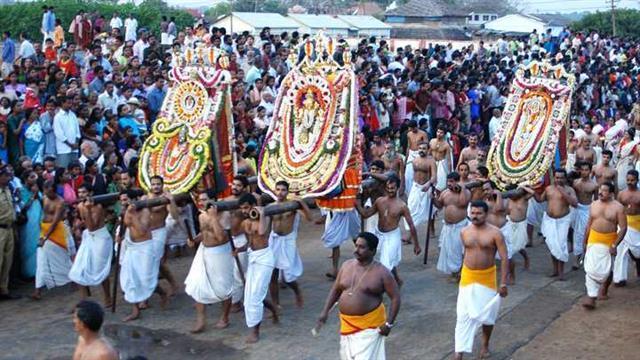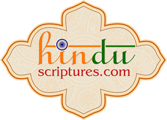FESTIVALS OF MEGHALAYA
Contents
- Introduction
- Various Festivals
Introduction:
Meghalaya, as the name suggests is the abode of clouds. Two districts from Assam i.e the United Khasi Hills and Jaintia Hills and Garo Hills together became a separate State of Meghalaya in 1972. Meghalaya is inhabited by three types of tribes namely the Khasis, the largest group followed by the Jaintias and the Garos. Other groups include the Koch, the Biates of Saipung Constuency and Jowai, the related Rajbongshi the Boro, Hajong, Dimasa, Hmar, Paite, Kuki, Lakhar, Karbi, Rabha and Nepali. Meghalaya is a land of rich culture and tradition.
Some of the important festivals are:
Wangala: is one of the most important festivals held during the second week of November for two days. This is also known as the 100- drum beat festival held in Asanang village near Tura in the Garo Hills. The Garo tribes observe this festival. This is a harvest festival dedicated to the Sun God- Misi Saljong, also known as Pattigipa Ra'rongipa (The Great Giver). Prayers are offered to the family deity. On the occasion of the festival, people offer the first morsel of rice, as an act of thanksgiving to the Almighty for giving a bountiful harvest. This is also the time when the head of the community, “Sangnakama” visits every house in the village and sacrifices a pumpkin.
On the eve of the festival, the village chief- Nokma performs a ritual known as Chu- Rugala and offers rice beer along with cooked rice and vegetables to Misi Saljong. On the next day, the Nokma performs “Cha'chat So'a” ceremony when, rice is scattered all over the house of Nokma, symbolising rain and celebration of the sowing season. This is followed by burning of incense. The smoke from the incense symbolises the rain clouds. Drums are played in the background throughout the ceremony. A community meal is arranged at the residence of the Nokma followed by traditional dance and songs all through the night. The celebration of the festival was first started on December 6 & 7, 1976 at Asanang. The festival is organised by the government of Meghalaya.

Behdienkhlam Festival: Jaintia tribe celebrate this festival at Jowai in July for three days. The festival is observed to ward off the demon of Cholera/ plague. Local deity is worshipped for a bumper crop. Women do not take part in the rituals, as they are engaged in the task of preparing the sacrificial food for their ancestors. As part of the celebrations, “Raths” tall decorated structures are carried by 30-40 men to a small lake at Aitnar for immersion. A wooden post or a sacred tree called as “Khnongs” is also brought for immersion.
An important attraction of the festival is the game called as dadlawakor. The game is played on the last day by using a wooden ball between two teams, Northerners and Southerners. The team which gets the ball on the other side wins the game. The side on which the winning team gets the ball symbolises bumper harvest in that particular region in the following year. Men dressed in their traditional best dance to traditional songs in the evening. Fun and frolic mark the celebrations.

Chad Sukra: is the festival observed by Pnar people in middle of April or the first week of May. Chad Sukra is observed before sowing the seeds. The festival is observed seeking the Almighty’s blessings for protection of the crop against famine or other natural calamities and to usher in peace and harmony to one and all.

Ka Pomblang Nongkrem Festival: The festival is popularly known as the Nongkrem dance festival. The Khasi tribe observe the festival after the harvest, in the first week of November for five days. The festival is held at Smit, 20 kms from Shillong. It is an occasion of thanksgiving to the Almighty for giving a good harvest. Prayers are offered to Ka Pah Syntiew and U Suid Nia Tong Syiem. Syiem, the head of the Khasi state, and Ka Syiem Sad, the Syiem priestess, who is considered the caretaker of all religious ceremonies, perform the festival related rituals. Goat sacrifice or Pomblang is an important feature of the festival. The word “Nongkrem” means – “Goat Killing Ceremony”. The goats sacrificed are offered to “Syiem” of Khyrem, the admistrative head of the Hima (Khasi State). On the fourth day, the rituals get over and it is time when men and women dress up in traditional finery and perform Nongkerm dance. Women dance in the inner circle of the arena, while men form an outer circle and dance to the accompaniment of traditional music. The festival comes to an end on the fifth day when people come together and offer a thanksgiving to the Almighty.

Saram Cha “A” The Attongs tribe celebrate the festival in November. This is also a thanksgiving festival for the bumper harvest. The priest officiates the rituals, and offers an egg, chicken, boiled rice, and curry to the local deity. Domestic animals sacrificed are used in the community feast.
Usman Nongkharai One of the special festivals celebrated in April/May. The festival commences with a ceremonial goat sacrifice and two cocks before the Supreme deity. This is followed by dance all through the night till sunrise. On the second day prayers are offered to the local deity and on the third day divine blessings are sought. On the fourth day a symbolic fertility ritual is enacted and on the fifty day, public worship is done and fish from the Usman River is given as gifts.
Shad-Suk Mynsiem: (Festival of Joyful Heart): This is a thanksgiving festival celebrated during Spring in Shillong. Young men and women dress in traditional attire and dance to the musical instruments played in the background.

Other festivals of the Garo tribe: Den Bilsia, Rongchu gala, Mi Amua, Mangona, Grengdik BaA, Jamang Sia, Ja Megapa, Sa Sat Ra Chaka, Ajeaor Ahaoea, Dore Rata Dance, Chambil Mesara, Do'KruSua, A Se Mania or Tata.
Festivals of the Khasis tribe are: Ka Shad Suk Mynsiem, Thangiap, Ka-Shad-Kynjoh Khaskain, Ka Bam Khana Shnong.
Festivals of Jaintias includes, Laho Dance, Sowing Ritual Ceremony.
http://megtourism.gov.in/khasifest.html
http://www.indianetzone.com/5/festivals_meghalaya.htm
http://www.thegreenerpastures.com/north-east-india/festivals-of-north-east-india/festivals-of-MEGHALAYA#
